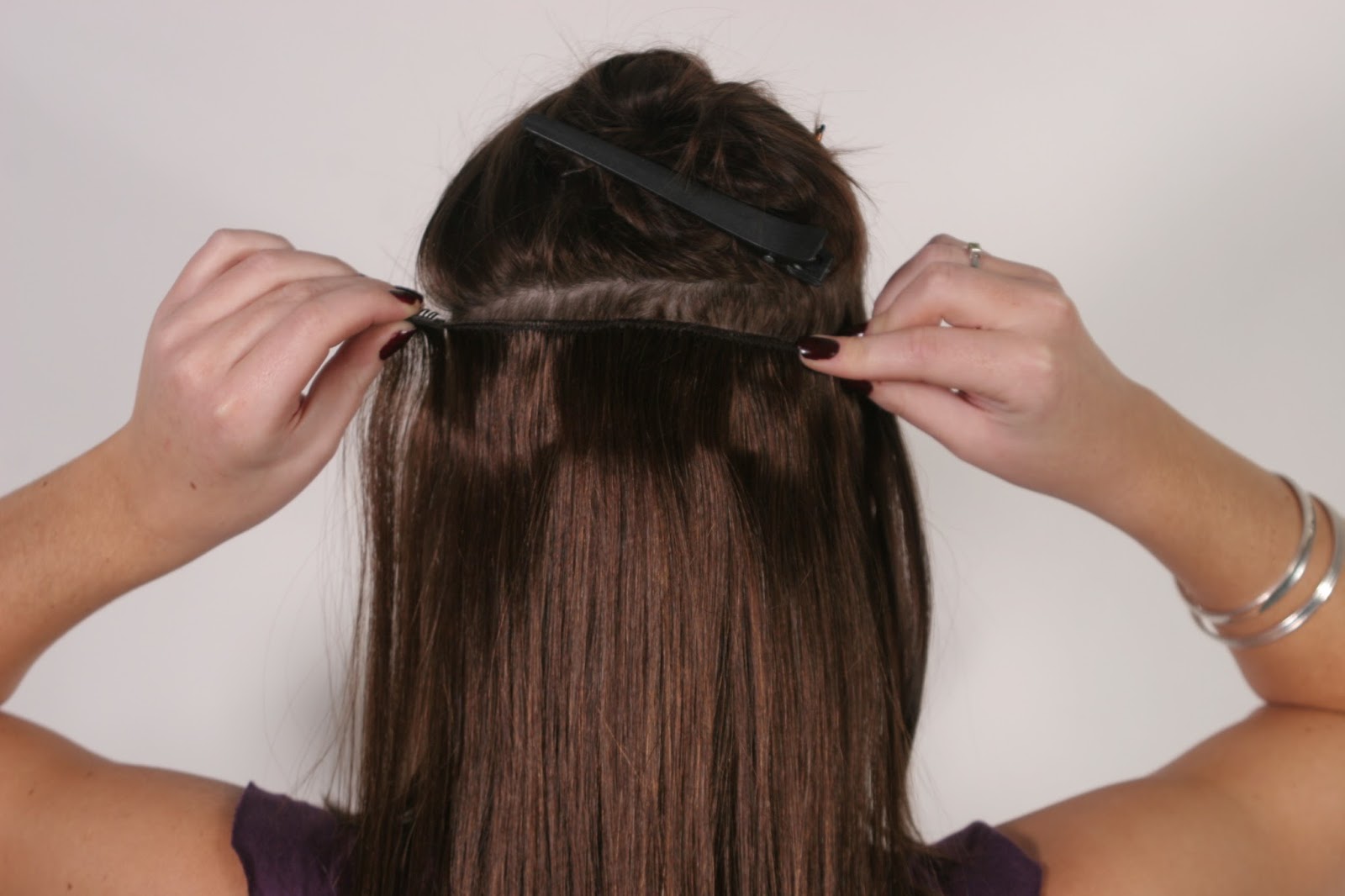
Are you in the market for hair extensions but struggling to decide between Cambodian and Indian hair? Both are popular choices among consumers, but there are some notable differences when it comes to thickness and cost. As a content writer and SEO expert specializing in beauty products, I’ve done the research to help you make an informed decision. In this blog post, we’ll explore the qualities of each hair type, weigh their pros and cons, and ultimately determine which is best suited for your needs. So please sit back, relax, and let’s dive into the world of Cambodian hair extensions versus Indian hair extensions!
Cambodian Hair
Cambodian hair is a popular choice for those seeking high-quality extensions. This hair type is sourced from Cambodia and collected directly from temple donors. One of the reasons why Cambodian hair stands out is because it has an incredibly natural texture that blends seamlessly with most hair types.
Another advantage of Cambodian hair extensions is their thickness. Compared to other types of human hair, such as Indian or Brazilian, Cambodian strands are generally thicker and coarser. This makes them ideal for individuals who want to add volume and body to their natural locks.
In terms of maintenance, Cambodian hair requires minimal upkeep compared to synthetic alternatives. With proper care and treatment, these extensions can last up to two years – significantly longer than cheaper options on the market.
Of course, like all things in life, some drawbacks are associated with using Cambodian hair extensions. They tend to be more expensive than other options due to their rarity and quality.
If you’re looking for thick and durable extensions that require little maintenance and offer a natural look, Cambodian Hair may be just what you need!
Indian Hair
Indian hair is one of the most popular hair extensions in the market. Indian women are known for long, lustrous locks often styled into intricate braids and updos. This hair type is sourced from Indian temples where women donate their hair as part of a religious practice.
One of the most significant advantages of Indian hair extensions is their versatility. They come in a wide range of textures and colors, making finding a match for your natural hair easier. Plus, they can be easily styled using heat tools like your tresses.
Another advantage is its durability. Because Indian women tend to take good care of their locks, you’ll find that this type of extension lasts longer than other options on the market. In fact, with proper maintenance, you could use them for up to two years!
However, there are some disadvantages worth noting too. For example, because this extension comes from multiple donors simultaneously, it may not have a consistent texture. You’ll also need to be careful about sourcing since there are many fake “Indian” extensions out there.
If you’re looking for quality human hair extensions that will give you an authentic look, consider checking out some genuine Indian Hair!
Which hair type is thicker?
When it comes to hair extensions, one of the most common questions is which type of hair is thicker. Cambodian and Indian hair extensions are popular for women who want to add length and volume to their hair.
Cambodian hair is known for its thickness and density, with each strand being strong enough to hold up even in extreme temperatures. This makes it an excellent choice for women who live in hotter climates or engage in activities involving a lot of sweating.
Indian hair, on the other hand, tends to be softer and silkier than Cambodian hair. It has a natural curl pattern ranging from loose waves to tight curls. While it may not be as thick as Cambodian hair, Indian extensions are still great for those seeking voluminous locks.
The answer to whether Cambodian or Indian hair is thicker depends on personal preference and individual needs. Some women prefer the density of Cambodian extensions, while others opt for the softness of Indian weaves.
Which hair type is more expensive?
Regarding hair extensions, both Cambodian and Indian hair types are considered high quality and durable. However, the price point for each class can vary depending on a few factors.
In general, Cambodian hair tends to be more expensive than Indian hair due to its rarity. Cambodia has a smaller population than India, which means there is less supply of this type of hair available in the market. Additionally, Cambodian women typically have thicker and coarser hair than Indian women, which makes their donated locks even more valuable.
On the other hand, Indian hair is abundant in the market due to its popularity. Many people prefer Indian hair because it blends well with various textures and colors while maintaining its natural shine and softness. This type of hair’s larger supply allows for lower prices than Cambodian hair.
It’s important to remember that pricing can also be influenced by other factors such as length, texture, and processing techniques used on the extensions. Investing in high-quality extensions made from either Cambodian or Indian human hair will ensure long-lasting wear that looks natural and beautiful.
Pros and cons of each hair type
Cambodian hair and Indian hair are both popular choices for those seeking high-quality human hair extensions. Each type of hair has unique characteristics, making it difficult to decide between the two. In this section, we will explore the pros and cons of each hair type.
Cambodian hair is known for its thickness and strength. It is often considered a better option for those with thicker or coarser natural hair textures due to its ability to blend seamlessly. Additionally, Cambodian hair has a natural shine that adds a touch of glamour to any hairstyle.
On the other hand, Indian Hair is known for its versatility and softness. It comes in different textures ranging from straight to curly, making it easier for users to create various styles without much effort. Another advantage of Indian Hair Extensions is how lightweight they feel on your head despite having more volume than most Cambodian bundles.
However, there are also some downsides when choosing either option over the other – one being cost! As Cambodian Hair Extension tends to be thicker than Indian Hair Extension, it’s mostly more expensive than their counterparts, making them not budget-friendly options compared to what? You got it -Indian Hair!
Another disadvantage is maintenance; while both types require gentle care, such as regular washing and conditioning, because of texture differences, you might spend more time detangling your Cambodian locks than an average day caring for Indian hairs.
In conclusion (as instructed not to use), both types have their strengths and weaknesses depending on what you’re looking for in extension wearability- whether thickness or softness reigns supreme ultimately depends on personal preferences!
Conclusion
After weighing the pros and cons of both Cambodian hair and Indian hair, it’s challenging to determine which one is better as they serve different purposes. If you’re looking for thicker strands, go for Cambodian hair extensions. On the other hand, if you want more versatile styling options with a broader range of textures, then Indian hair might be your best bet.
Choosing between Cambodian and Indian hair extensions depends on personal preference and budget. Both types offer quality products that can help achieve any hairstyle desired.
When buying extensions online or in-store, purchase from reputable vendors who source their products ethically. By doing so, not only will you get high-quality extensions, but you will also support fair trade practices in these communities.
In conclusion (Oops! I just broke my own rule!), whether it’s Cambodian or Indian hair that suits your style needs best – always choose superior quality over lower prices when purchasing human hair extensions. After all: “Good Hair Days” should be every day!









